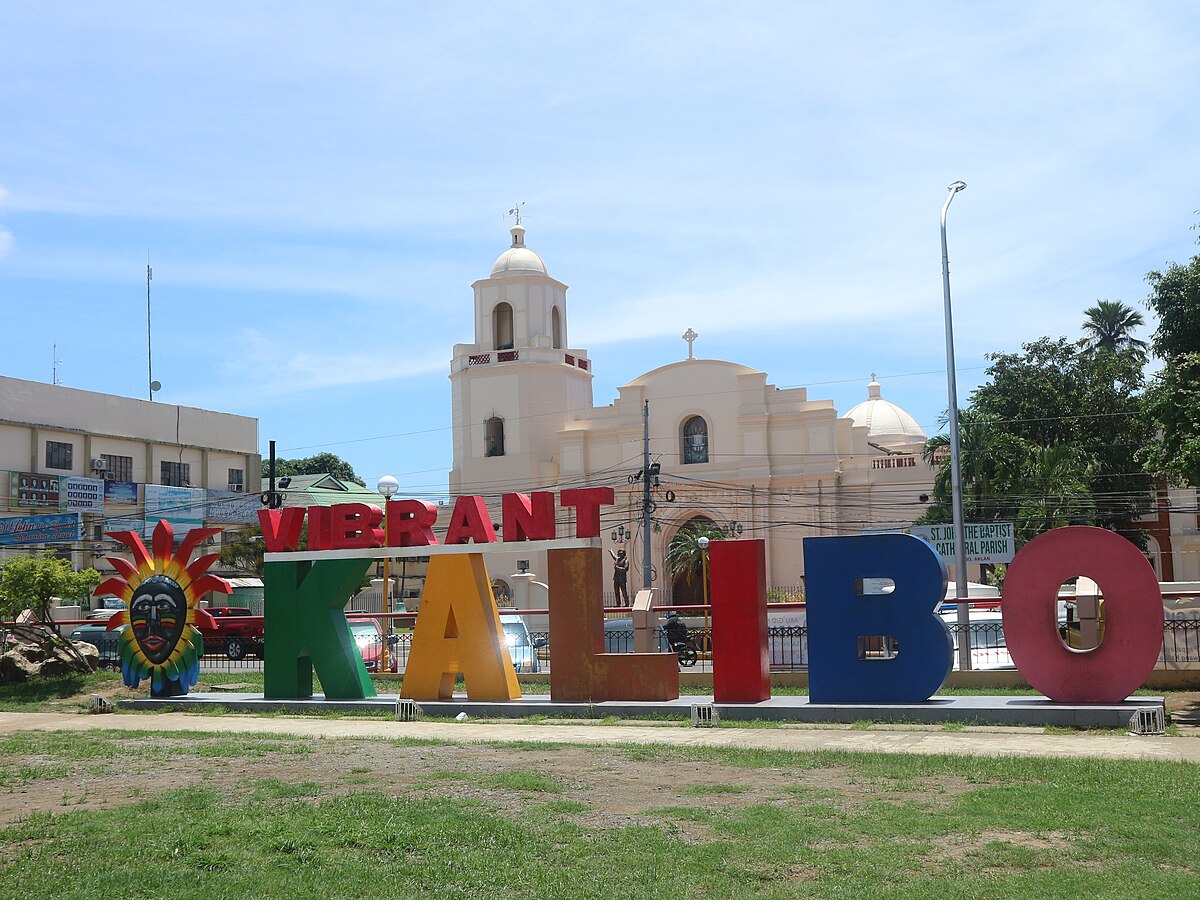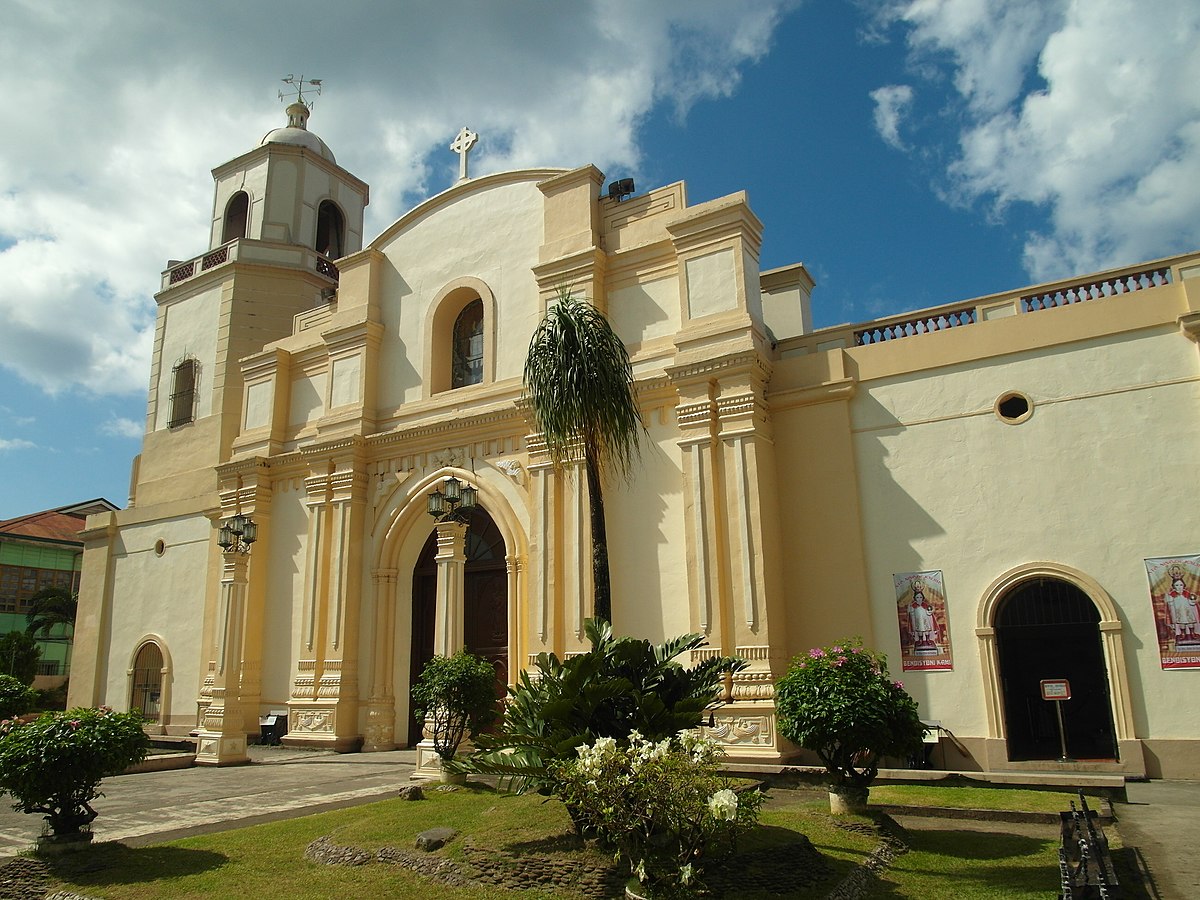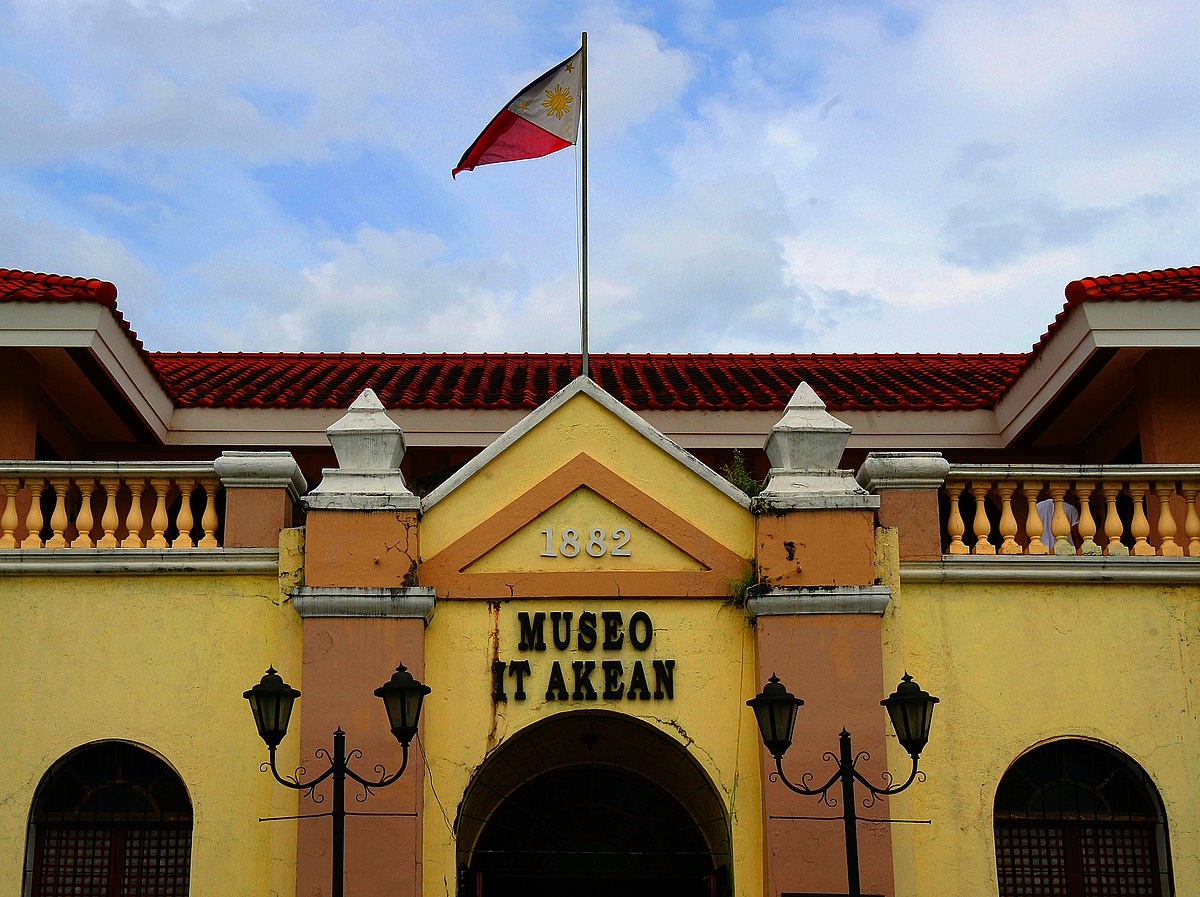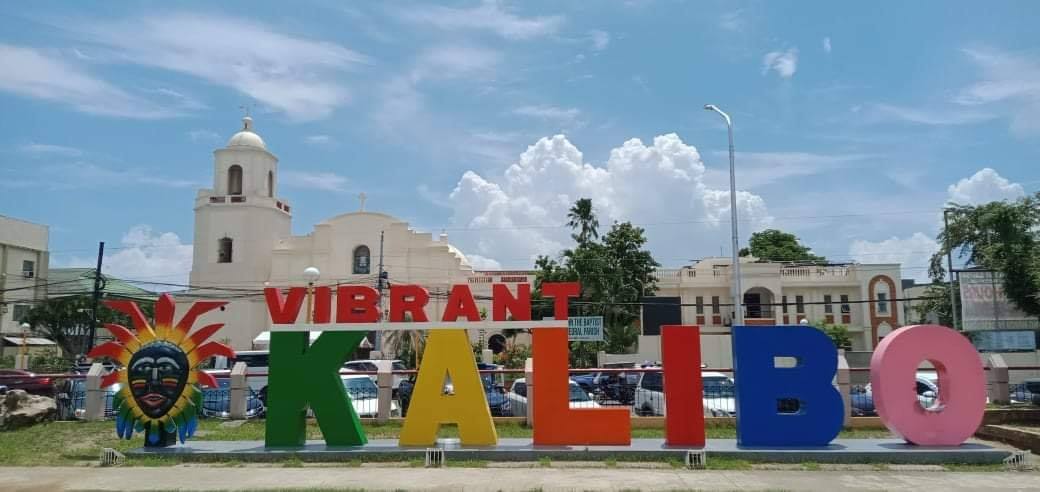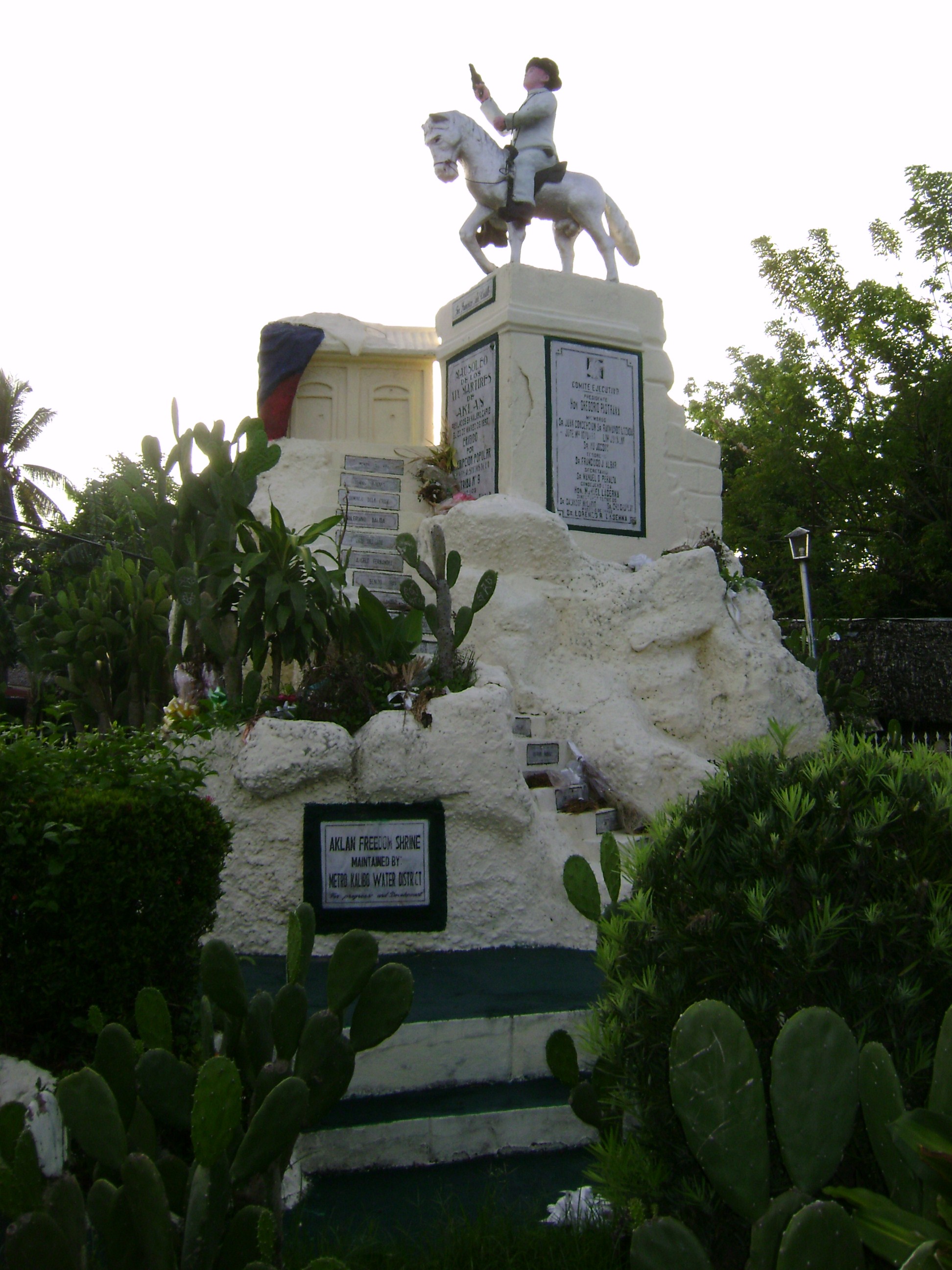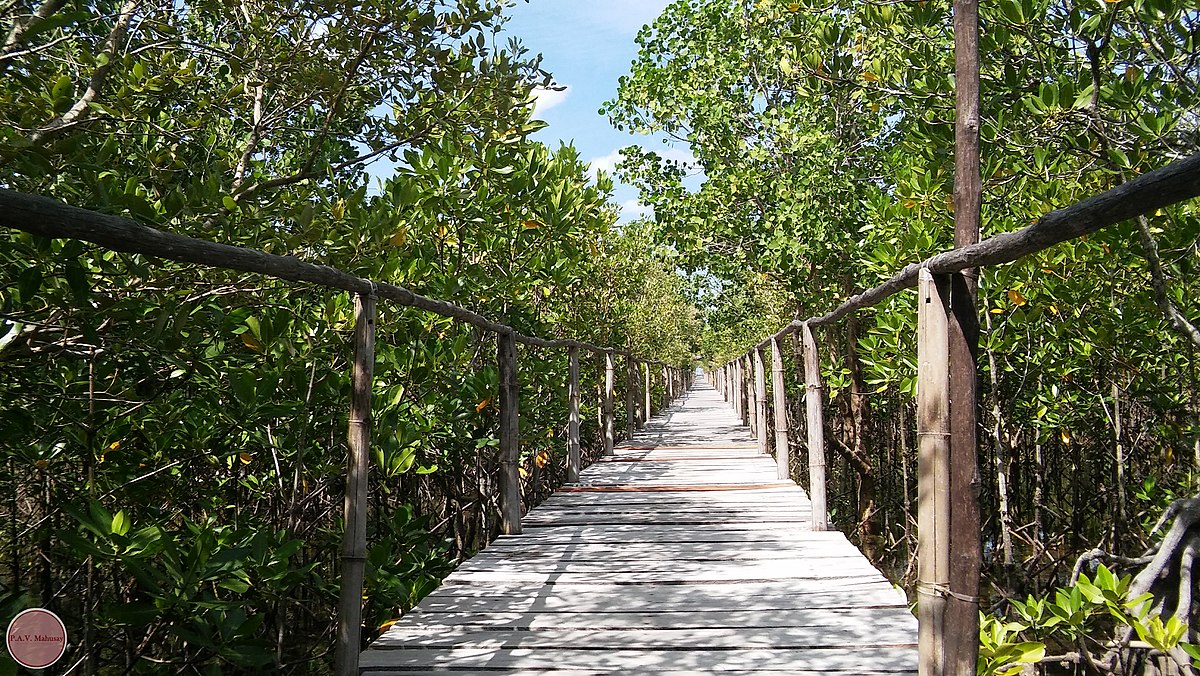Welcome to Kalibo in Aklan, and welcome to Anthro on Foot's walking tour! This is a self-paced
walking tour
that features key heritage sites and cultural highlights in the area. We hope you enjoy this tour as
much as we
enjoyed curating it!
Originally named Akean, which corresponds to the major river in the area, Kalibo derives its name
from the Aklanon word akae, signifying the bubbling sound of the river.
Aklan was originally inhabited by the Ati people, an indigenous ethnic group. They were organized
around small, kinship-based communities. These communities were self-sufficient, relying on hunting,
gathering, and basic agriculture for their sustenance.
Even before the arrival of Spanish colonizers, there were significant contacts with Chinese and
Malay traders. These interactions influenced the cultural and economic landscape of the region.
Spanish exploration and colonization of the Philippines, which began in the 16th century,
significantly impacted Aklan. The arrival of Spanish colonizers led to changes in governance,
religion, and social structures, as well as the introduction of new crops and animals.
In 1569, Spanish explorer Miguel Lopez de Legazpi set foot in Kalibo, finding approximately 2,000
inhabitants on this seemingly small island. Using the Cross to establish trust, Legazpi recruited
500 locals to assist in his conquest of the Philippines. By November 3, 1571, Kalibo was placed
under an encomienda system, compelling the indigenous populations into labor in exchange for alleged
protection and Christian guidance from the colonizers.
